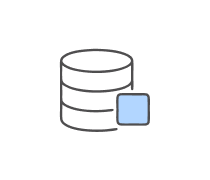Dmw Quiz 1a: Driving Theory And Road Safety
- DAMA-DMBOK
2.
You may optionally provide this to label your report, leaderboard, or certificate.
×
Thank you for your feedback!
















